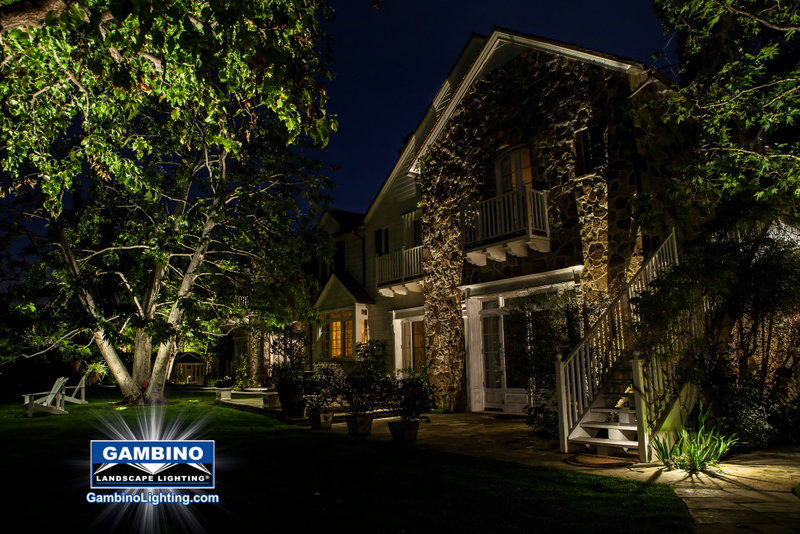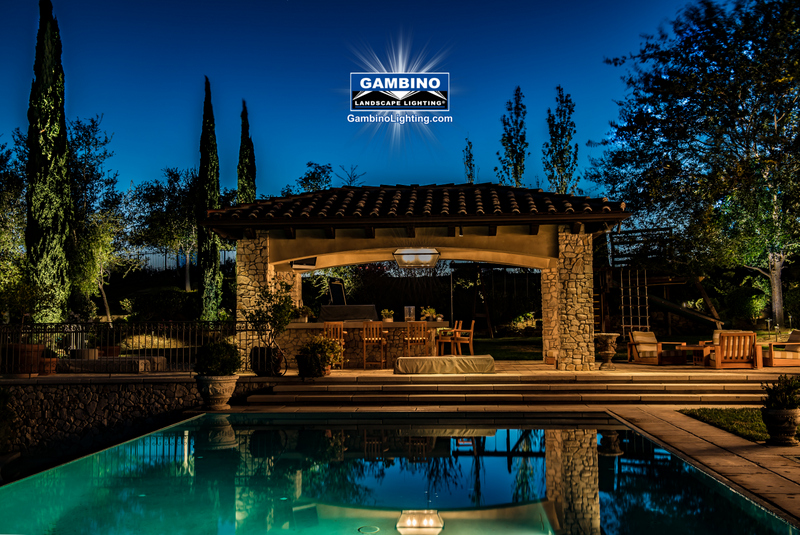08 Jul The Downside to Landscape Lighting Perfectionism
By Mike Gambino
This is part two of a two part article started last week. Click here for part 1. For all the upsides to perfectionism, there are also plenty of downsides. Perfectionists can be looked at as being completely anal and overbearing by those who don’t share their outlook. It can also be frustrating to clients who aren’t interested in “perfect” and simply want their project done yesterday.
 Longer Development Cycle
Longer Development Cycle
When you strive for perfection, everything takes just a bit longer to get right. Even if you have a more efficient design and development process than many other designers, it’s likely you spend more time on each step than a lot of others do. This longer development cycle can lead to less time for other projects, longer work days, and schedule backups. If you’re a perfectionist, you’ll need to have mechanisms in place to keep projects from taking up too much time. Setting mini-deadlines for individual steps in the process is one such way. Efficiency has to be built in to everything you do.
It’s More Work
As designers and builders, we should all strive for our work to be as good as needed. But perfectionists often take it a step further and put work into a project that isn’t necessarily going to pay off in the end. Sometimes things don’t need to be perfect. A few rough edges here and there can be acceptable or go undetected (by the non perfectionist at least), or at least not interfere with its effectiveness.
 Sometimes It’s Unnecessary
Sometimes It’s Unnecessary
Perfection isn’t always as important to everyone else as it is to a perfectionist. And some aspects of work likely don’t demand perfection. Interring conduit underground, for example, doesn’t need to be anywhere near perfect. Designers sometimes get hung up on how a wireframe looks without realizing that their clients or other members of their development team probably won’t care. And the danger we run into with creating perfect wireframes is that sometimes clients think they can’t make changes or are hesitant to make suggestions (which they end up making later in the process, when things are harder to change).
It’s Not Always Billable
If you spend ten hours trying to make sure that your installation is executed perfectly in every way, your clients probably aren’t going to be willing to pay for that. After all, they don’t really care if it is absolutely perfect in areas where they wouldn’t necessarily notice without it being pointed out. What they do care about is that a system is functional and performs to their satisfaction these are things that can physically see. Having every mushroom fixture stem and top line up perfectly isn’t high on the list of things most clients worry about.
It Can Drive You Crazy and Make You Sick
The harsh truth about perfectionism is that it can drive you nuts sometimes. Spending hours upon hours on minute details isn’t fun for most people (even perfectionists), and only serves to frustrate. Plus, when you’re always scrambling to make a deadline because you spent too much time locating distribution boxes to optimize their locations to feed the fixtures they are serving. That leads to stress and anxiety, which can lead to real health problems. Finding ways to reign in perfectionism so that it works to your advantage rather than against you is advised.
 Lower Productivity
Lower Productivity
In extreme cases, perfectionists can get so wrapped up in the details of their work that they don’t finish the big-picture items. They might spend days working on one particular aspect of a project and end up missing deadlines for other important parts because they were so focused on just the one thing. This is destructive and can be very frustrating to perfectionists who don’t understand how others can move on to the next phase of a project without perfecting the current stage.
The Pros and Cons of Perfectionist Clients
Any designer or developer who’s been in this business long has dealt with perfectionist clients. They have incredibly high standards and set ideas on what they want their lighting systems to do and how they want it to look.
Some of these clients are realistic about their properties, while others expect everyone else to bend to their sometimes-unreasonable demands. Dealing with a client like this, even if you’re a perfectionist yourself, can be trying.
But working with perfectionist clients can have its upsides, too. These clients usually know exactly what they want and can pinpoint what they like or don’t like about your designs. If you’re not a perfectionist, their attention to detail can get annoying fast, but if you learn to work with their perfectionism and to explain to them why something is done in a particular way, you can still have a good working relationship with them.
Of course, there are also neurotic clients who are never happy with the results and who seem to have such unreasonably high standards that it’s impossible to meet them. The thing about a client like this is that their perfectionism is often a cover up for insecurity about their own decisions.
If you choose to work with a client like this (and there are plenty of reasons to decline their projects), it’s helpful if you can present them with similar designs or ideas that have been successful. Backing up your ideas with research goes a long way toward getting past their reservations.
 Sometimes “Good Enough” is Good Enough
Sometimes “Good Enough” is Good Enough
Perfectionists often don’t want to hear this, but sometimes good enough really is good enough. There’s the law of diminishing returns to consider.
Sometimes the end result of tweaking something just a little bit more doesn’t hold enough value to warrant the output. If something is going to take you an hour (or five) to get just exactly the way you want it, but no one is doing to notice the difference but you, then sometimes it’s better to just accept it as-is. Chances are, you’ll forget all about it as you begin your next project.
When considering whether it’s time to just call a project “finished” and move on, think about what is to be gained if you continue working on it. If the only answer you can come up with is one that resembles “but it’s not quite right yet!” then it’s probably best to stop right there, tie up any real loose ends, and move on to the next phase or the next project.
Continuously working on the same thing with only marginal improvement is only going to add to stress levels and create a negative, unhealthy work environment.
How to Figure out if Your Perfectionism is Dangerous
While most people who call themselves “perfectionists” do so in a light-hearted or positive manner, there are those out there to whom perfection becomes an obsession. They consider anything less than perfect completely unacceptable. This can lead to obsessive behavior and can have damaging effects on their overall quality of life.
Just feeling good about a job done to the best of your ability is entirely normal for a perfectionist and isn’t something to worry about. When it becomes particularly dangerous, though, is when a perfectionist feels they’re never quite able to attain perfection, and so drive themselves crazy trying to always reach this unattainable goal.
These perfectionists often place their entire self-worth on their accomplishments and ability to reach perfection, and since they’re never able to reach it, it creates a very negative self-image and low self-esteem or depression. The good news is that there are trained psychologists out there who can help those who are neurotically obsessed with perfection to overcome their obsession.
Luckily I consider my form of perfectionism totally healthy and most believe it to be reasonable. Afterall I challenge anyone to consider the success I’ve had working with it. It’s worked for me so far and I think I’ll keep it around for awhile.
 This landscape lighting blog is published by Mike Gambino of Gambino landscape lighting inc. all rights reserved. Mike is a professional landscape
This landscape lighting blog is published by Mike Gambino of Gambino landscape lighting inc. all rights reserved. Mike is a professional landscape  lighting system designer/ builder and has been designing, installing and maintaining landscape lighting systems for more than 20 years. Mike resides in the Los Angeles area with his wife and 2 sons. To visit his website go to www.Gambinolighting.com . To inquire about hiring Mike please click here .
lighting system designer/ builder and has been designing, installing and maintaining landscape lighting systems for more than 20 years. Mike resides in the Los Angeles area with his wife and 2 sons. To visit his website go to www.Gambinolighting.com . To inquire about hiring Mike please click here .
Blog articles may be published with permission on other websites without editing or removing links.



No Comments